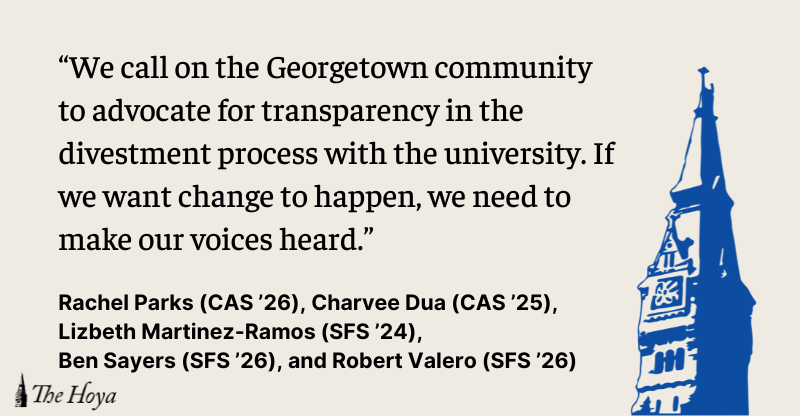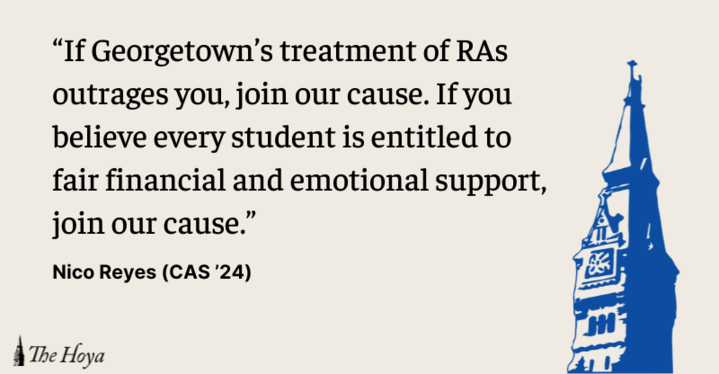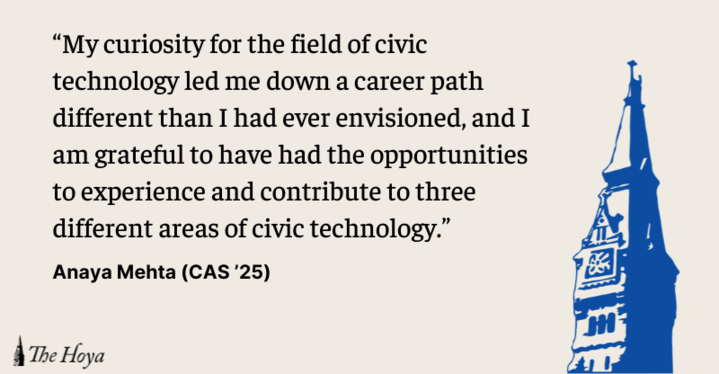Living in Washington, D.C., has its perks — but its world-renowned museums and close access to famous government officials comes at the price of the worst traffic in the country. The District shares this ignominious title with Chicago, according to a recent poll in The Washington Post.
Drivers in both cities now spend about 70 hours per year sitting in traffic, according to a poll conducted by the Texas Transportation Institute of
Texas A&M.
In addition to time wasted, drivers also suffer significant monetary losses. The Texas Transportation Institute calculated that drivers in the District dish out a superfluous $1,555 on 57 gallons of gas per person for the sole purpose of enduring traffic.
Many Georgetown students have to suffer the consequences of the unbearable traffic in the District. Randy Crooks (SFS ’13), one of a number of students at Georgetown who intern on Capitol Hill, says that he has to allot for extra time in his trip because of the traffic here on the Hilltop.
“I take the Metro so I don’t have to sit in traffic too much, but I can tell you that it takes the same amount of time to just get across the bridge to Rosslyn on the GUTS bus as it does to take the Metro from Rosslyn all the way to Capitol South,” Crooks said in an email.
Traffic has also had a major influence on some faculty members, and often factors into their choice of residential location.
“While recognizing that D.C. traffic is tricky, I am lucky to live in the city with a minimal commute. That said, there are plenty of faculty who live further out in Virginia or Maryland who have horrendous commutes,” Maria Donoghue, an assistant professor in the department of biology, said in an email.
D.C. is one of the most expensive cities in the country, and many faculty members are limited by their relatively low income compared to the private sector, Donoghue said.
“For me, I am willing to have a smaller house and lot to ensure a quick ride to campus,” she said.
Mark Rom, an associate professor of government and public policy and co-director of undergraduate studies in the government department, even drives half of the way to Georgetown and then rides his bike to campus for the latter leg of the trip. He advocated the use of biking to avoid the anxiety of road rage.
“By riding my bike halfway, I don’t have to deal with traffic over the bridges. It’s good for the environment, and healthy for me,” he said.
With a history of large numbers of cars on the road and not enough capacity, the traffic in D.C. is only worsening as more and more people flock to the nation’s capital to earn a steady income.
As a solution to the problem, Rom proposed the implementation of “congestion pricing,” which would charge fees for using the roadways based on what time of day a person travels.
“There is a reason for so many drivers — the roads are free. When there is a free good, the people will use too much of it,” Rom said.














